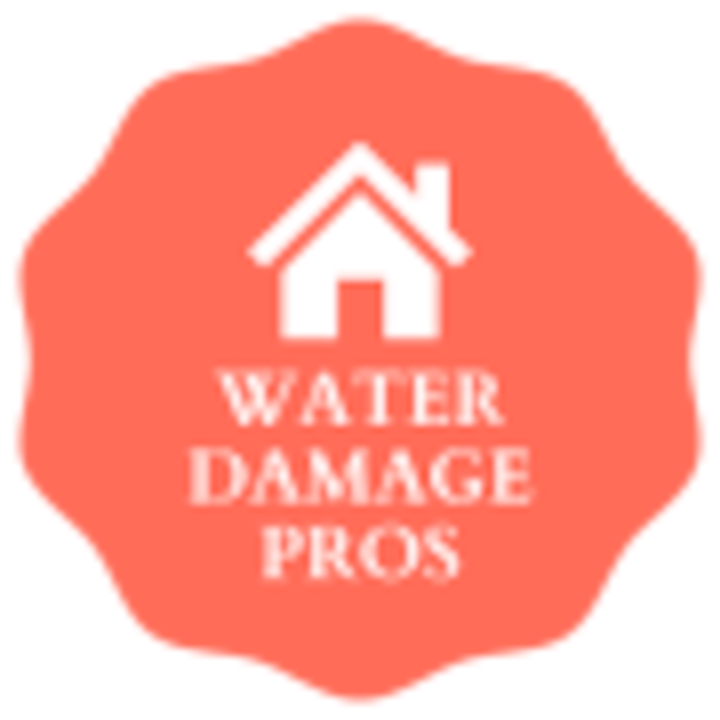DIY Water Extraction Techniques For Minor Water Damage In Laguna Beach, CA
Are you facing minor water damage in your home in Laguna Beach, CA? Don't worry, because with the right techniques, you can easily handle the situation yourself. In this article, we will guide you through the DIY water extraction process, providing you with the necessary tools and supplies, step-by-step instructions, and tips to prevent mold and mildew growth. First, you will learn how to assess the water damage and determine the extent of the problem. Then, we will help you gather all the tools and supplies needed for the extraction, ensuring you are well-prepared. Next, we will guide you through the process of removing standing water from your home, using effective techniques. After that, we will show you how to properly dry and dehumidify the affected area to prevent further damage. By following these techniques, you will not only save money but also gain the satisfaction of resolving the issue yourself. So, let's get started and restore your home to its original condition!Assessing the Water Damage
Before you panic, take a moment to assess the extent of the water damage in your Laguna Beach home. Start by identifying the source of the water and stop it if possible to prevent further damage. Look for any visible signs of damage, such as wet floors, walls, or ceilings. Check if the water has reached any electrical outlets or appliances, as this can be dangerous. Take note of any unpleasant odors or discoloration, as these may indicate mold growth. It's important to document the damage by taking pictures or videos for insurance purposes. If the damage seems minor and manageable, you can proceed with DIY water extraction techniques. However, if the damage is extensive or poses a risk to your safety, it's best to seek professional help.Gathering the Necessary Tools and Supplies
Get ready to gather all the tools and supplies you'll need to tackle the damage caused by the water. To effectively extract water from your Laguna Beach home, you'll want to have a few key items on hand. First, grab a wet/dry vacuum, which is specifically designed for water extraction. This powerful tool will help you remove excess water from carpets, floors, or any other affected surfaces. Additionally, make sure you have plenty of clean, absorbent towels or mops to soak up any remaining moisture. Don't forget to wear rubber gloves and protective eyewear to keep yourself safe while working. If you have access to a dehumidifier, it can help significantly in drying out the affected area. Lastly, gather some plastic bags or containers to dispose of any damaged materials. With these tools and supplies, you'll be well-equipped to begin the water extraction process and restore your home to its pre-damage condition.Removing Standing Water
Start by using a wet/dry vacuum to efficiently remove any standing water in your home. This versatile tool is designed to handle both wet and dry messes, making it perfect for water extraction. Begin by attaching the appropriate attachment for water extraction, such as a squeegee or floor nozzle, to the vacuum's hose. Make sure the vacuum is plugged in and turned on, and then carefully maneuver the attachment over the standing water, slowly moving it from one side to the other. The vacuum will create suction, effectively pulling the water into its tank. Continue this process until all visible standing water has been removed. Remember to empty the vacuum's tank regularly to prevent overflow. This method is a quick and efficient way to eliminate standing water and begin the water damage restoration process.Drying and Dehumidifying the Area
To effectively dry and dehumidify the area, it's important to create good airflow by opening windows, using fans, and running a dehumidifier. This will help remove moisture from the air and prevent further damage. Start by opening windows to allow fresh air to circulate and aid in the drying process. Place fans strategically around the affected area to promote air movement and speed up evaporation. Additionally, running a dehumidifier will help extract excess moisture from the air, reducing humidity levels and preventing the growth of mold and mildew. Remember to empty the dehumidifier regularly to ensure optimal performance. By following these steps, you can effectively dry and dehumidify the area, minimizing the risk of further water damage and creating a healthier environment for yourself and your loved ones.Preventing Mold and Mildew Growth
To prevent mold and mildew from taking hold, it's crucial that you maintain proper ventilation and keep the area dry. Mold and mildew thrive in moist environments, so it's important to remove any excess moisture from the air. Open windows and use fans to circulate fresh air throughout the space. Additionally, you can use dehumidifiers to reduce humidity levels, as they are designed to extract moisture from the air. Be sure to empty the water collection trays regularly to prevent them from becoming a breeding ground for mold. In areas that are particularly prone to moisture, such as bathrooms or basements, consider using moisture-resistant materials and coatings to further protect against mold growth. By following these steps, you can create an environment that is inhospitable to mold and mildew, ensuring a clean and healthy space for you and your family.Get in Touch Today!
We want to hear from you about your Water Damage needs. No Water Damage problem in Laguna Beach is too big or too small for our experienced team! Call us or fill out our form today!
